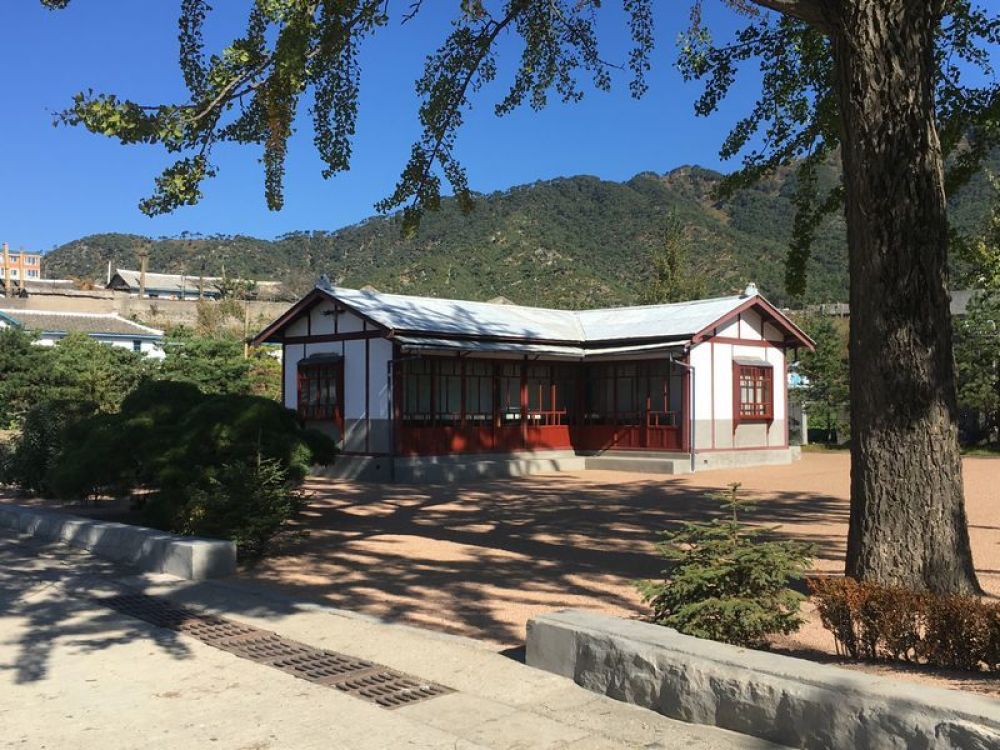

The Sonbong Revolutionary Site is located in the special economic zone of Rason, in the northeastern part of North Korea. This site is one of the many historical locations throughout the country that is linked to the activities of the anti-Japanese revolutionary struggle during the early to mid-20th century— a theme common in North Korean historical tourism destinations. The Rason area, including Sonbong, became increasingly significant for tourism as North Korea gradually opened up to foreign visitors seeking unique travel experiences within a secluded and tightly-controlled nation.
Initially, travel to North Korea was highly restricted and monitored, with the primary intent of showcasing the country’s achievements and revolutionary sites. The Sonbong Revolutionary Site, being a location associated with the legacy of the founding leader Kim Il-sung and his son Kim Jong-il, has been part of the narrative the North Korean government aims to share with international tourists.
In the late 1980s and early 1990s, North Korea began to experiment with special economic zones (SEZs), and Rason was among the first such zones. The idea was to attract foreign investment and tourism, which led to a gradual development of tourism infrastructure in this region. This included improvements in hotels, transportation, and sanctioned sightseeing tours that featured the Sonbong site among other attractions.
The Sonbong Revolutionary Site is an integral part of the North Korean tourism experience as it contributes to the narrative of the country's history and revolutionary struggle. It serves to educate tourists about the country's past as perceived through the lens of North Korean ideology. As with most North Korean tourism, visits are highly curated and present a perspective intended to instill respect for the feats of the ruling Kim family.
In recent years, before travel restrictions due to global health concerns, North Korea began to invite a wider range of tourists, including Western visitors, to sites like Sonbong. There has been an emergence of various themed tourism trends, focusing on history, nature, and even marathon running. Additionally, tourists' interest in experiencing the country's unique political and socio-cultural climate has led to a specific form of "dark tourism" within North Korea, with sites like Sonbong providing a tangible connection to its revolutionary past.
However, ongoing international sanctions, politicized relations with neighboring countries, and global health crises have all impacted the flow of tourists to North Korea. The future of tourism, particularly at historical sites such as Sonbong, remains uncertain in light of these fluctuating factors.
Overall, the Sonbong Revolutionary Site is emblematic of North Korea's approach to tourism—carefully controlled and propagandistic, yet inherently fascinating due to its distinctiveness and the veil of secrecy that surrounds the country. Despite the challenges, the lure of North Korea's untouched landscapes and the intrigue of its historical narratives continue to generate interest among a niche group of intrepid travelers.